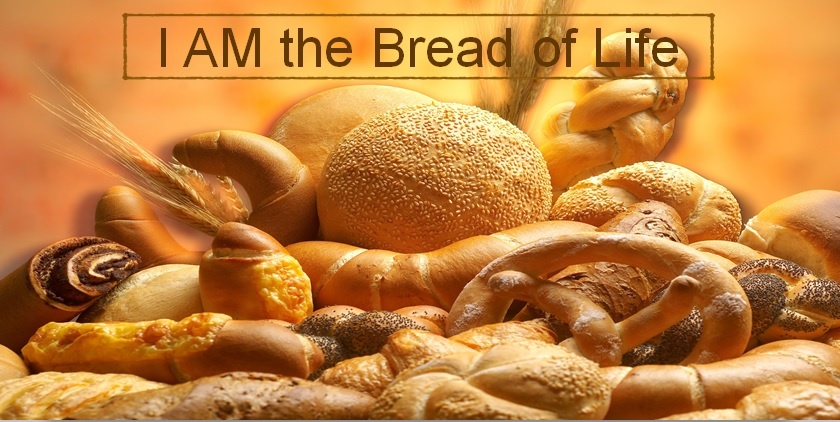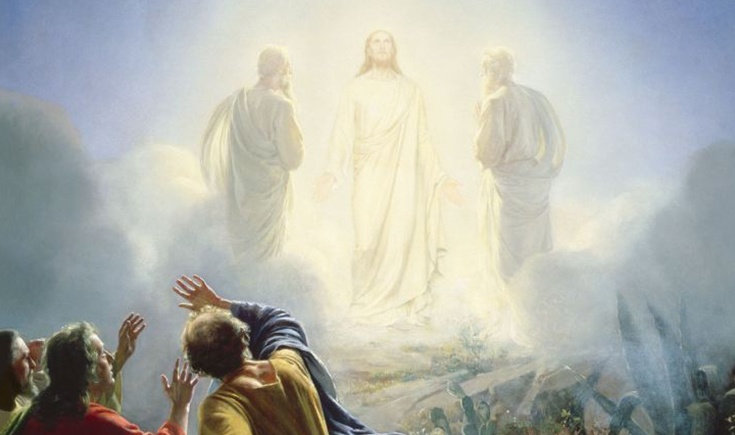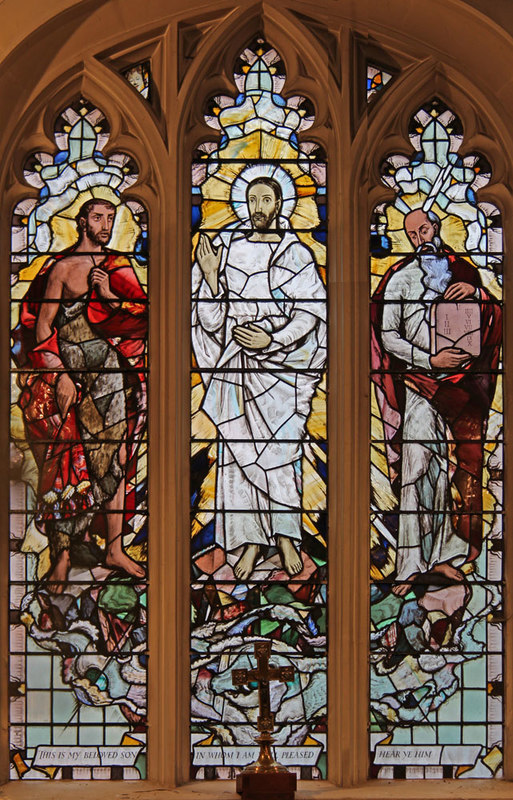(John 6:35-51)
Sermon preached at Bramley St Peter, 8 August 2021 –
this can also be viewed as a video on the parish Facebook page

If you were here last Sunday, you’ll remember we heard the story about Jesus feeding five thousand people with rumbling tummies. Did that make you feel hungry? Who’s got an appetite for food right now? What do you fancy – a full English brunch (I’ve got some baked beans here) or something healthier (gluten free crispbread)?
I read recently of a man who had suffered a heart attack and his doctor asked about his diet. “Burgers, chips, pizza, and ice cream” were among his answers. The doctor told him to change: Low fat, low salt, vegetables, fish, grilled chicken and rice.” His first reaction was, “This is going to be absolute torture!” Later he told his friends, “At first it all seemed tasteless, but after a while I thought: ‘This isn’t so bad.’ I felt better, and I had more energy. I don’t miss burgers as much as I thought. My whole appetite changed after about two months.” [1] His point was that while hunger is natural and unavoidable, appetite can be controlled. Change your diet and you will change your appetite. Get used to eating healthy food, and you will desire it.
Jesus seems to be saying something similar here. He’s using bread as a symbol because we all know what it is to be hungry, to have an appetite for food, and he had just settled the rumbling tummies of that crowd of followers. But he’s really talking about our appetite for God. Jesus says that when he satisfies this hunger, you’ll never be hungry again. He’s still talking picture language, so he means that if we have our fill of him, we won’t be hungry for God.
But what is it like to feel hungry for God? It’s something very personal so no two people will describe it exactly the same. This is my experience. The first time that I heard someone describe the hunger for God was when I was about 16, the speaker was actually the school headmaster talking about having our spiritual emotions aroused. That rang true with me and made me realise that some of the emotions I had, the sense of there being something more to life than I had already experienced, were in fact a desire, a hunger for God. I started asking Christian friends about their faith. They took me along to church, and that was the beginning of my own Christian journey.
A much more famous Christian, St Augustine famously wrote of the heart that is restless until it finds its rest in God. I still experience that. This sense of “feeling restless for God” can also be explained as “feeling hungry for God”. It takes the form of being unable to relax, even though there is nothing I could name that is causing me any anxiety or pain. Once I have spent time in prayer or praising God, then I can relax more easily.
As with physical food, there is spiritual junk food – the time-wasting activities we can easily slip into – and spiritual health food – praying, listening to Christian music, reading the Bible. As with the man who went on a healthy diet, the more often I spend time doing those things, the more spiritually healthy I am, the more I actually want to spend time with God, and the less attractive spiritual junk food seems.
Ideally, I would be praying and praising constantly, but as I’m not a monk, that’s not really possible. The main thing is to realise when I feel that appetite coming on, and to know it means to turn back to Jesus to have my hunger satisfied. With him the fridge is never empty.
Your own
experience may take a different form.
What matters is that we can feel this spiritual appetite for God when it
comes, recognise it for what it is, and know that God will provide the
spiritual food in Jesus to satisfy our hunger.
[1] Illustration – Colin S. Smith. UnlockingtheBible.org


